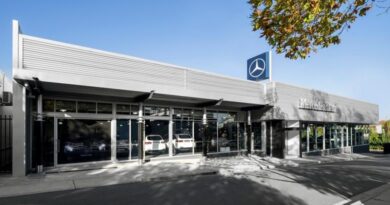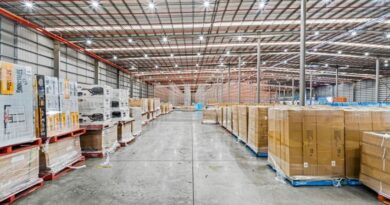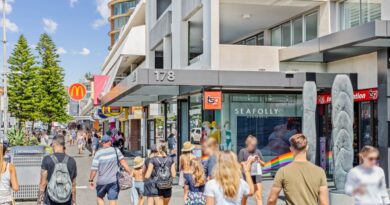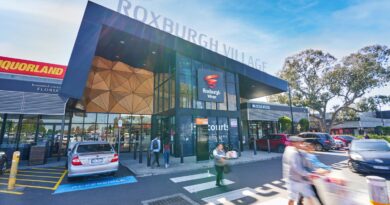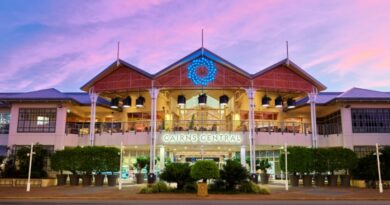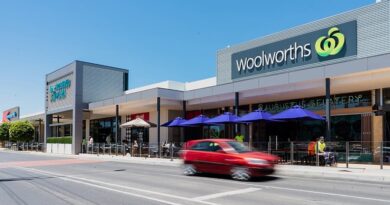Wesfarmers to close up to 75 Target Australia outlets and re-brand 92 as Kmart
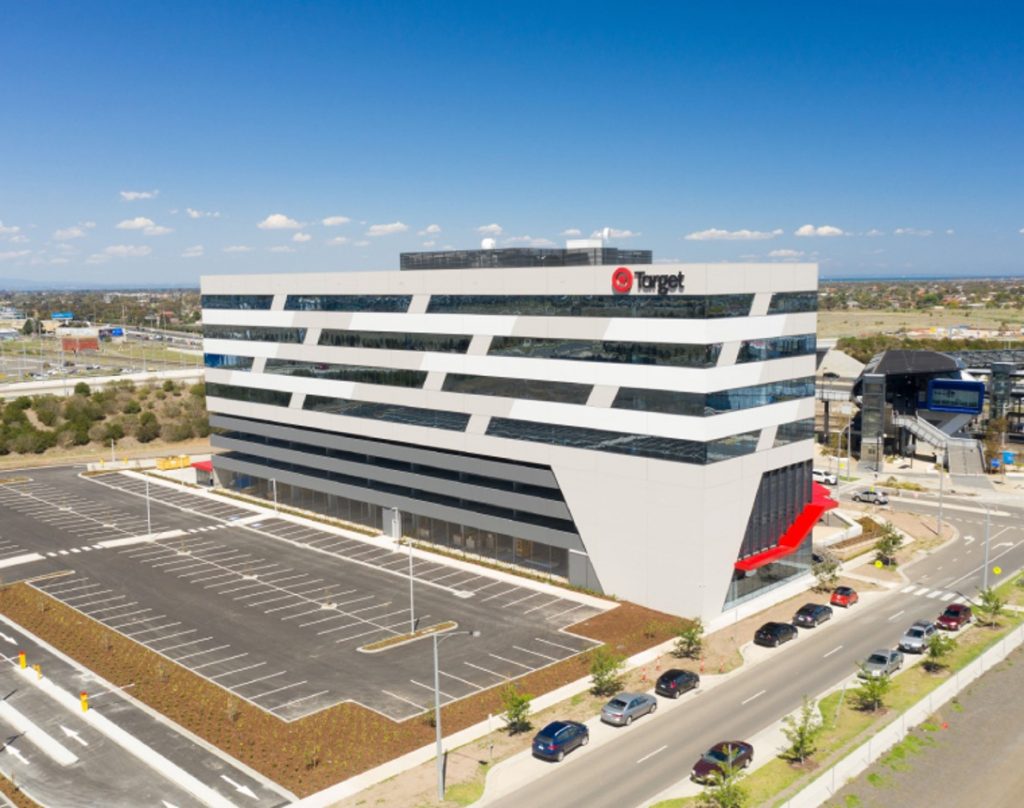
Wesfarmers will undertake a major restructure of its Target business, close up to 75 stores and re-brand another 92 as Kmart.
An announcement today also spells the end of Target Country.
The discount department store traded from 289 outlets nationally and employed 13,000 people.
A “significant” reduction in the business support office – which only moved to Williams Landing (pictured, right) from North Geelong two years ago – is expected, too.
Wesfarmers will where possible deploy Target staff to its other marques including Bunnings and Officeworks.
Following the closure and re-branding of outlets, it should end up operating from about 100 bricks and mortar stores – though the company said it is assessing the future of those businesses too, citing more to say when it announces its full year results to the ASX in August.
Following today’s decision, Wesfarmers is forecasting a $430-$480 million non-cash impairment before tax, including of the Target brand name, property, plant and equipment, other assets and the capitalised value of the leases.
Restructuring and provision costs set for Kmart Group are being priced at $120-$170m, to cover inventory write-offs, store closure costs – and the redundancies it will need to fund at the support office.
It is also expecting a one off non-operating cost between $120-$140m to clear stock and convert stores.
Target store changes
The store changes are set to take shape over the next 12 months and predominantly next year.
Ninety two of the outgoing outlets are intended to be refitted and reopen as Kmart or Kmart Hub: 52 out of Target Country.
The balance of the regional stores – 50 of them – will close permanently.
Between 10 and 25 large-format outlets are also set to shut.
Wesfarmers said it will negotiate with landlords regarding its transition to a sustainable store network.
Target also rents major distribution centres, in Sydney at Moorebank and in Melbourne’s Truganina – though these should be required when, as anticipated, business at Kmart further improves.
The parent also said today that it is investing in its online shopping services and websites.
Unsustainable cost base is Wesfarmers’ target
Wesfarmers added that reducing Target’s “unsustainable” cost base allows it to focus on Kmart which has been more profitable, but with recent volatile results.
“The actions announced reflect our continued focus on investing in Kmart, a business with a compelling customer offer and strong competitive advantages while also improving the viability of Target by addressing some of its structural challenges by simplifying the business model,” the parent’s chief executive officer Rob Scott said.
“While accounting standards require us to recognise an impairment of assets within Target to implement the restructuring, these actions will allow us to enhance the overall value of Kmart Group and further strengthen Kmart”.
Target is Australia’s biggest department store – branded in 1973, five years after Myer Emporium bought a chain of 14 Victorian shops known as Lindsays, which opened in 1926 as a drapery store in Geelong.
In 1996, it merged with Fosseys – a brand which disappeared three years later.
Target vacated its North Geelong office headquarters of more than 40 years in 2018; Wesfarmers selling the site to Melbourne developer Leaf Corporation for $10.6m early last year.


